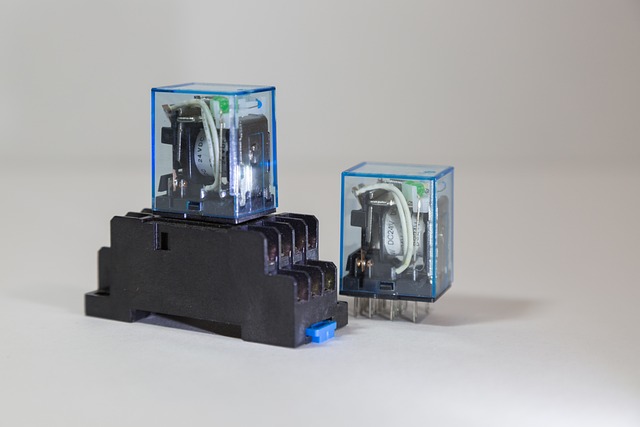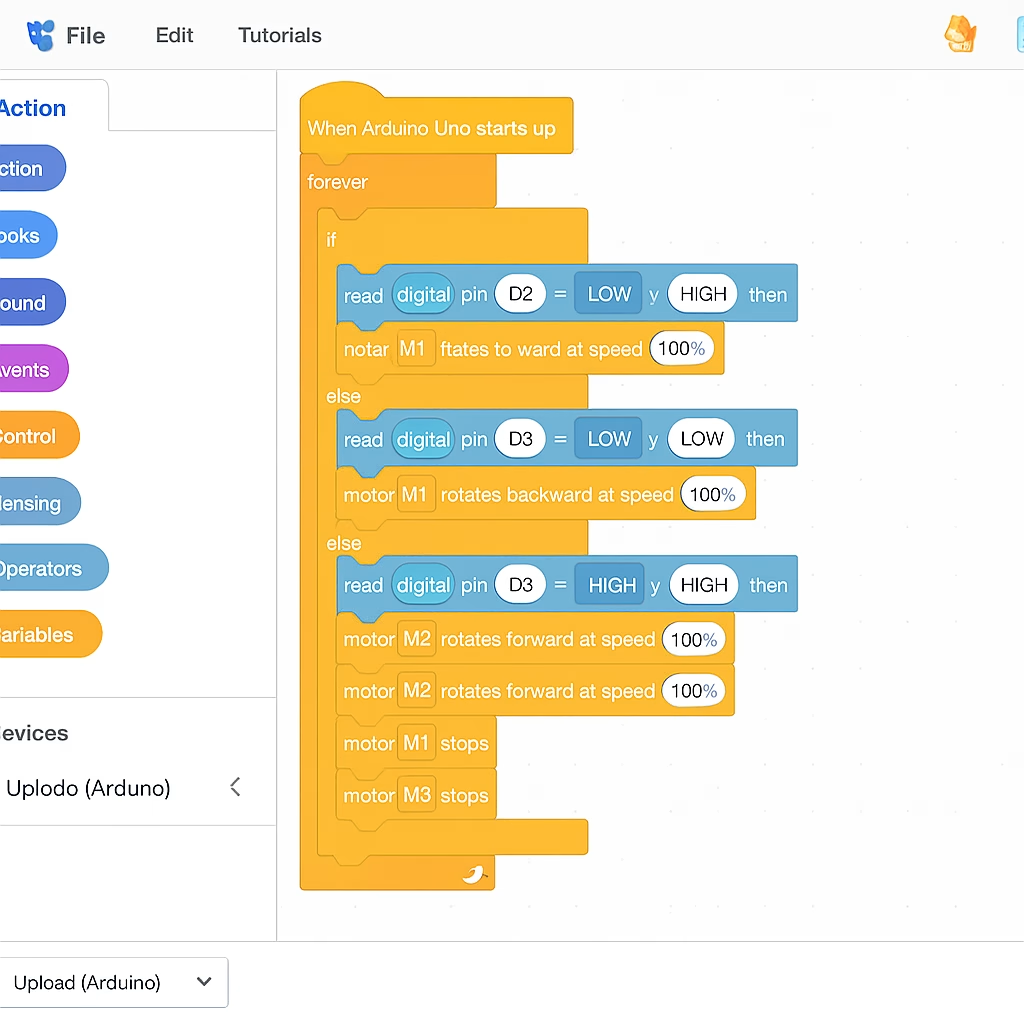What is a Relay?

What is a Relay?
In this article, we will learn about what a relay module is and how to use it with Arduino and how to interface it.
Introduction to Relay Module
We can say that a relay is an electrical switch that can be turned on and off. Relays are used to control a circuit with an external low power signal and/or to control more than one circuit with an incoming signal.
Relay Module Technical Information
GND: – Connects to ground pin of Arduino.
IN1: – Connected to Arduino’s digital pin to control the first relay.
IN2: – If we are using the second relay, it is connected to the Arduino digital pin to control the second relay.
VCC: – Connected to Arduino as 5V.
How the Relay Works
After examining what a relay is, let’s look at how the relay works together.
The relay output pin for the main voltage connections is COM. This is a common pin.
NO (Normally Open): As its name suggests, the normally Open (NO) pin has no direct connection with the common pin. If the Relay is triggered; It is connected to the NO COM pin and thus the power supply is provided. We need to connect the devices we will use in our project to this pin. NC (Normally Closed): There will be a direct connection between the common pin and the normally closed pin, even if the relay is closed. If we trigger the relay, the connection with the NC COM pin is disconnected and the load cannot be supplied. For the use of the relay, you can refer to the Plant Irrigation Project.









